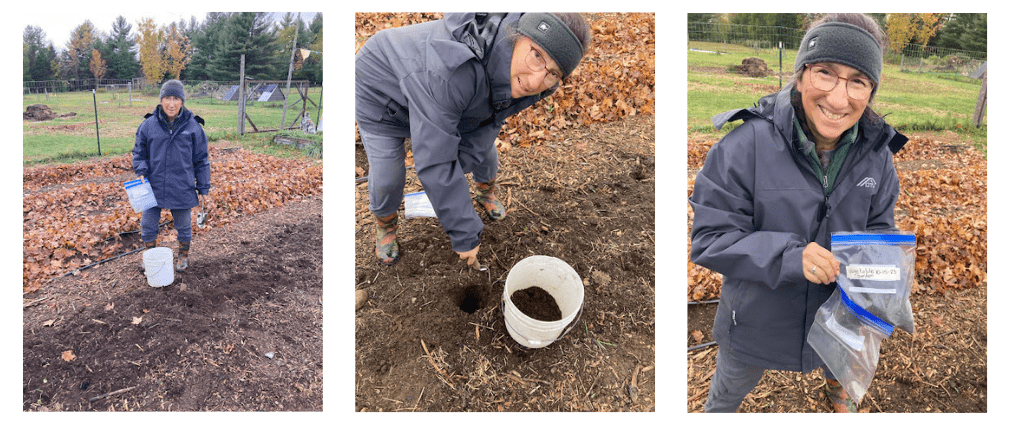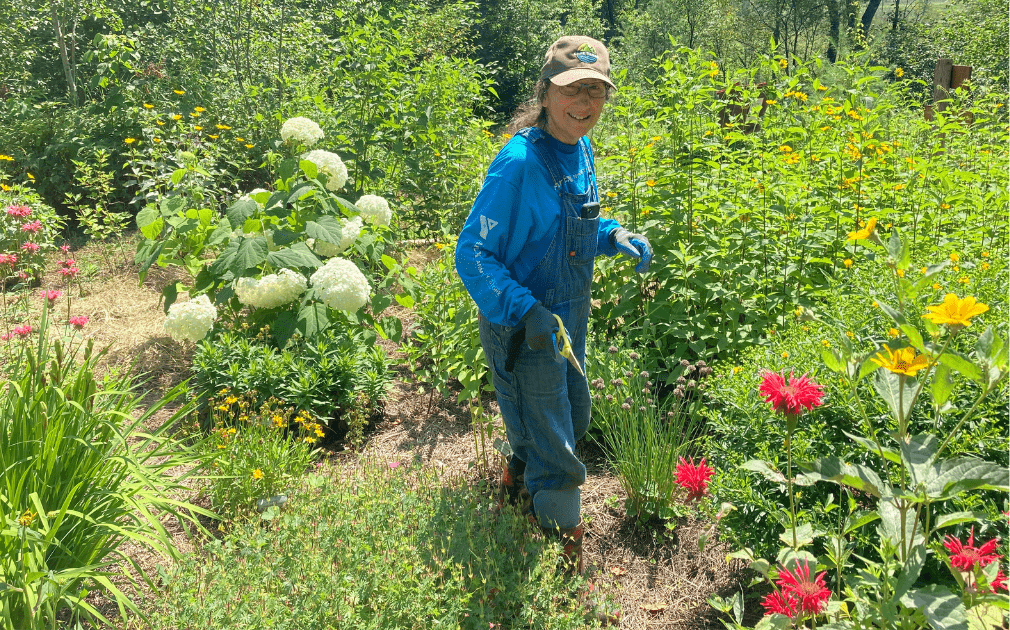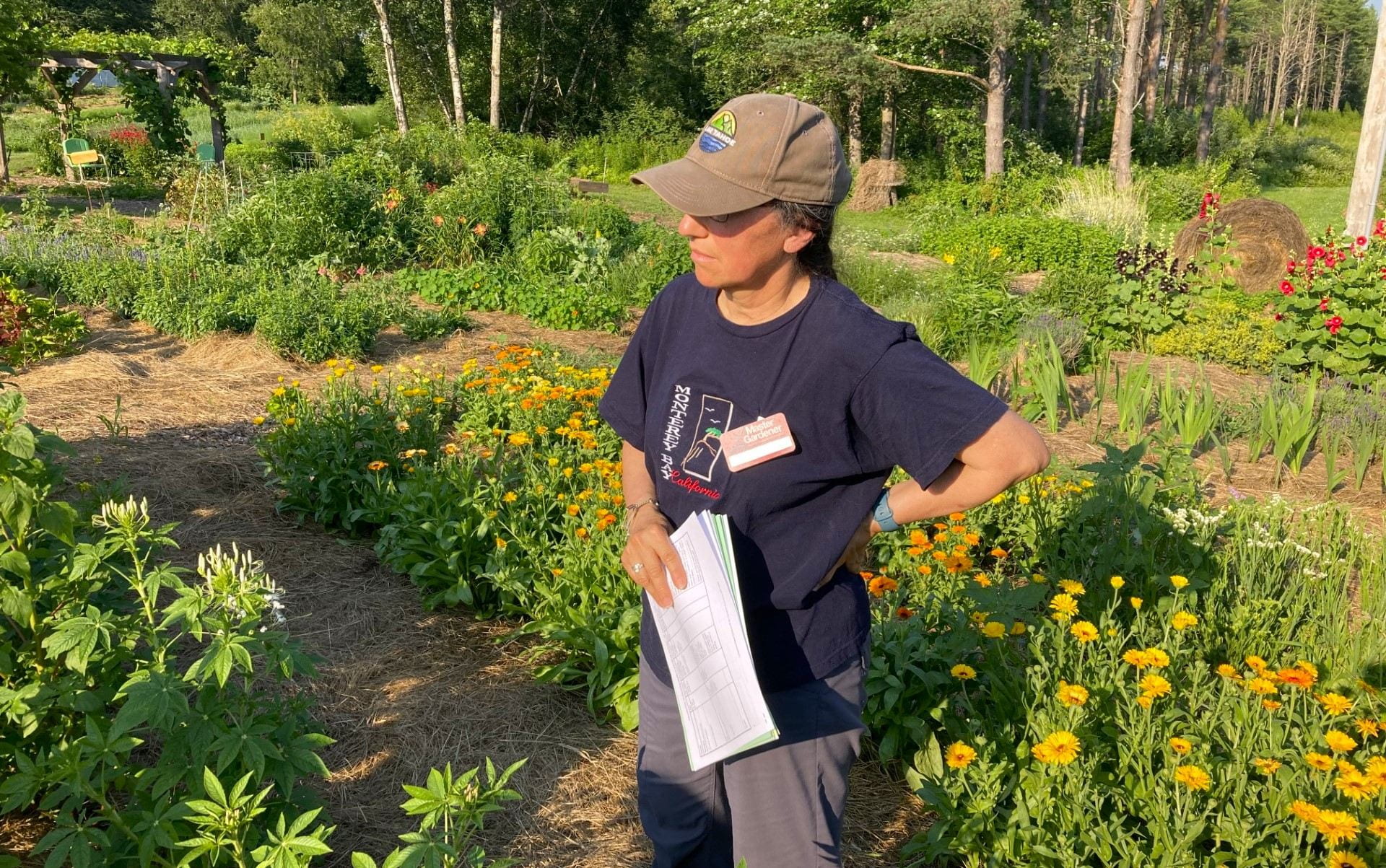On the Growline we get a lot of questions about how to take or submit soil samples, so we’ve put together some frequently asked questions and answers to make it easier. After the why, where, when, what and how of this process, read on to find out who can help you interpret the test results.
Why should I test my soil?
The health of your soil will determine the health of the plants you grow, whether it be a lawn, a field of flowers, vegetables, berries or trees. A thoughtful approach considering the physical, chemical and biological factors that play a role in the total health of your soil will help you get the best results.
So where do you start?
Have a clear idea of what you want to know about your soil and what you want to learn from getting your soil tested. What will you plant? Where is it located? What was planted there before? What are the “neighbors” – plants or trees surrounding the area? Do you know your soil type – sandy, clay, loamy? Each unique area will need to be sampled separately.
- Web Soil Survey use to get description and identify type of soil (sandy, clay, loamy)
When should I test my soil?
Fall is generally considered to be the best time to collect a sample for testing, especially when considering the pH of your soil, however it can be done in the spring or anytime during the growing season.
What do I need?
Gather a few clean tools without rust. Avoid brass or galvanized tools or containers as they will skew your results. A stainless steel probe or soil auger is ideal, but a clean plastic bucket and a rust free trowel or shovel will work for any home gardener. You will also need to double bag your sample in 2 quart-sized sealed zip-lock baggies for each sample area.
How do I take a soil sample?
Walk across and around your garden area in a random, zigzag manner and make about 10 different 4-6 inch deep holes. From each hole, carefully slice a thin vertical section that represents all depths of the soil. Put each slice in your bucket and mix thoroughly. Remove large roots and stones, crush any large lumps or clods, and place about 2 cups of the well mixed soil in a double zip-lock bag. Avoid sampling in wet conditions and in areas where lime or fertilizer has been recently applied.
- Taking a Soil Sample useful illustrations of sampling “zigzag” shown on bottom right



